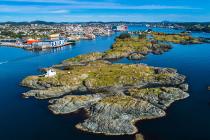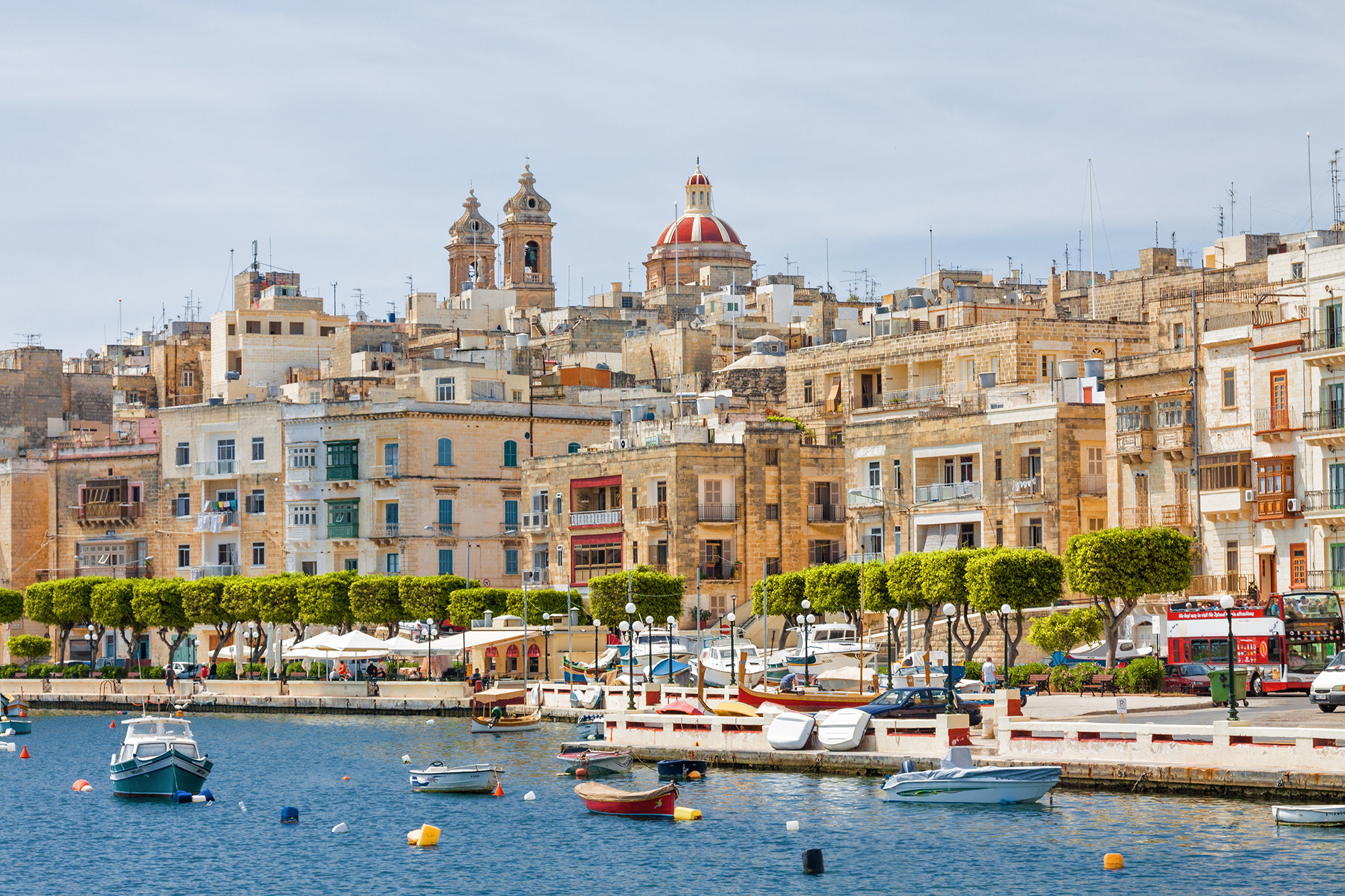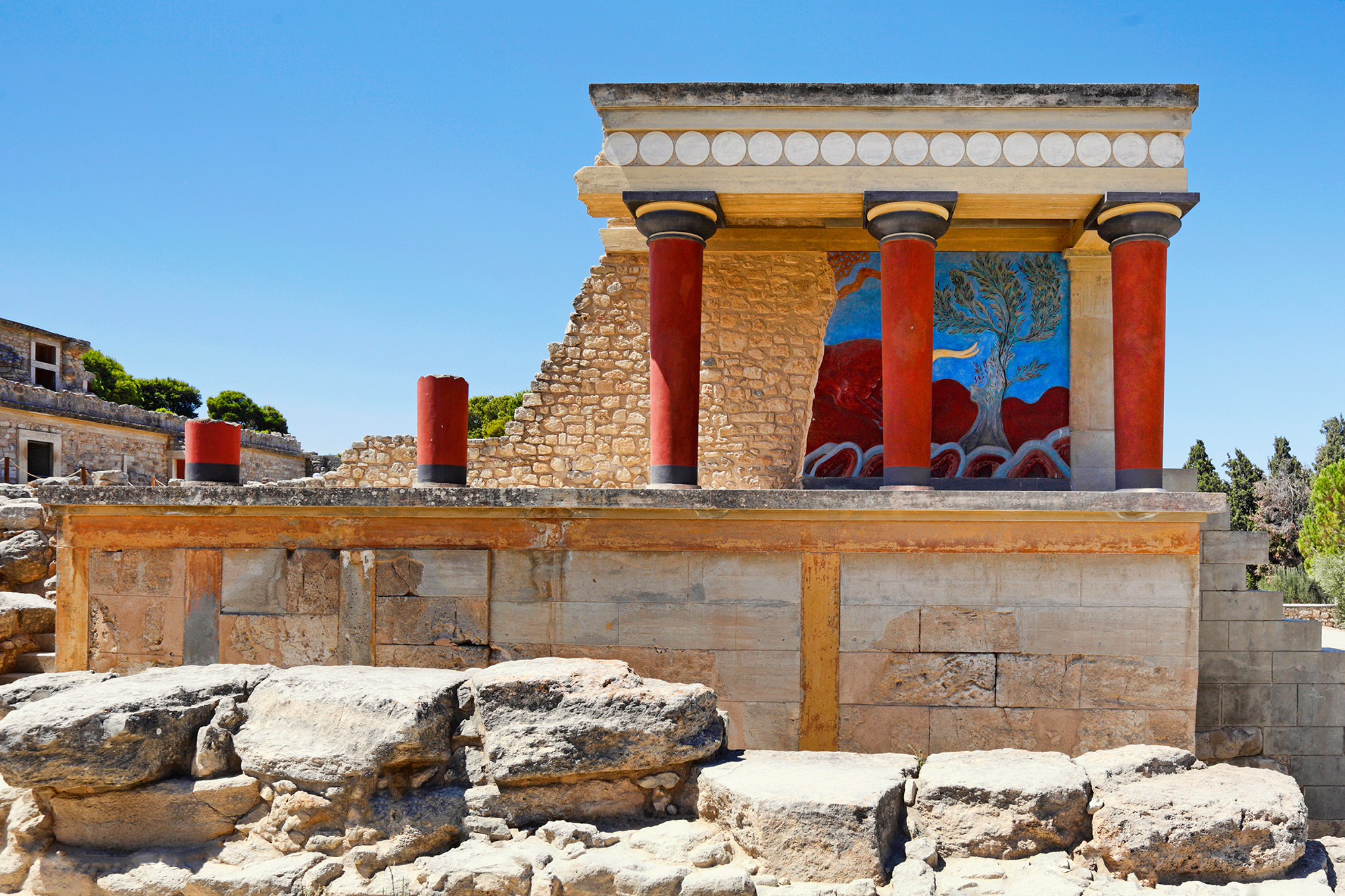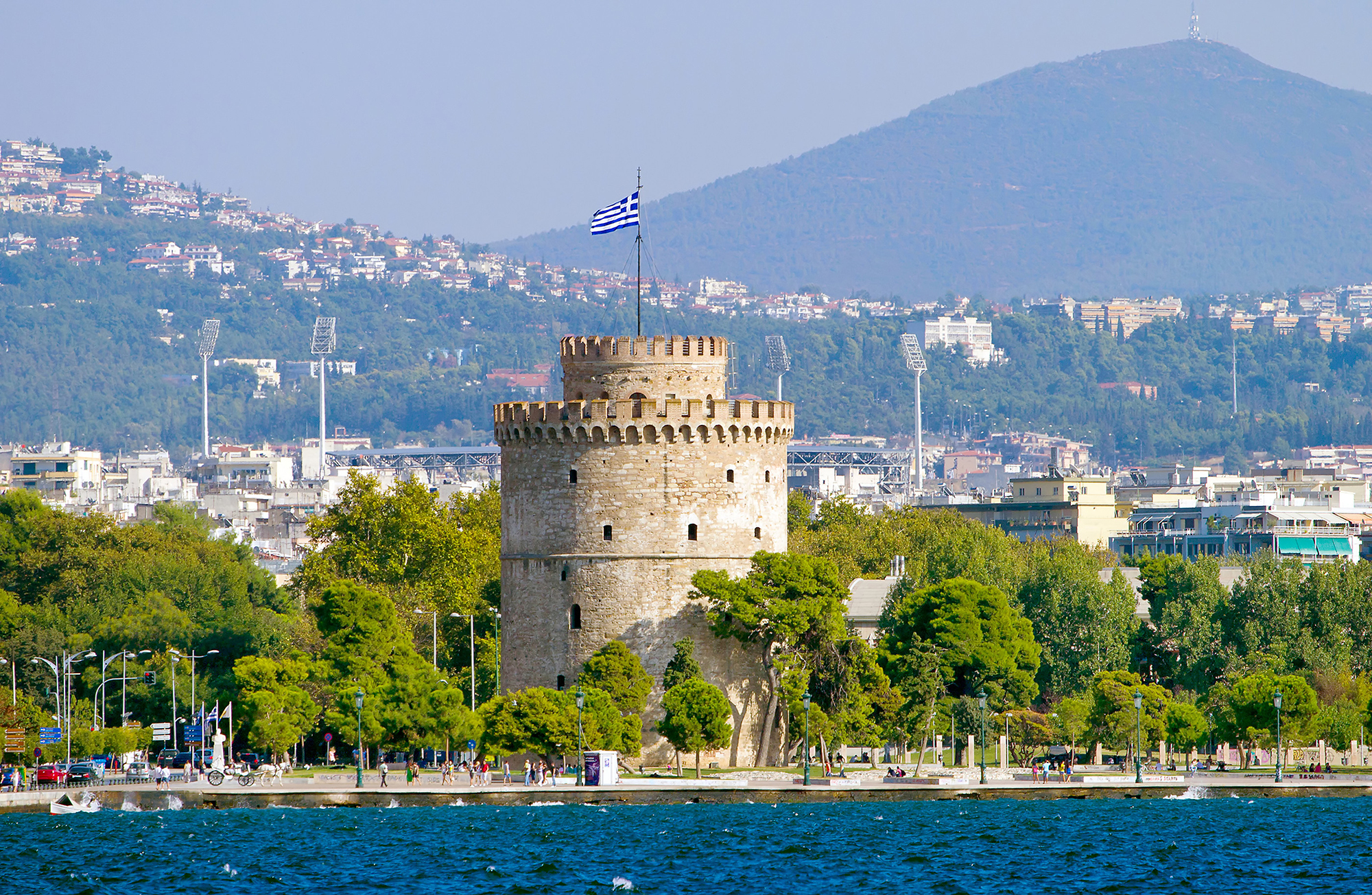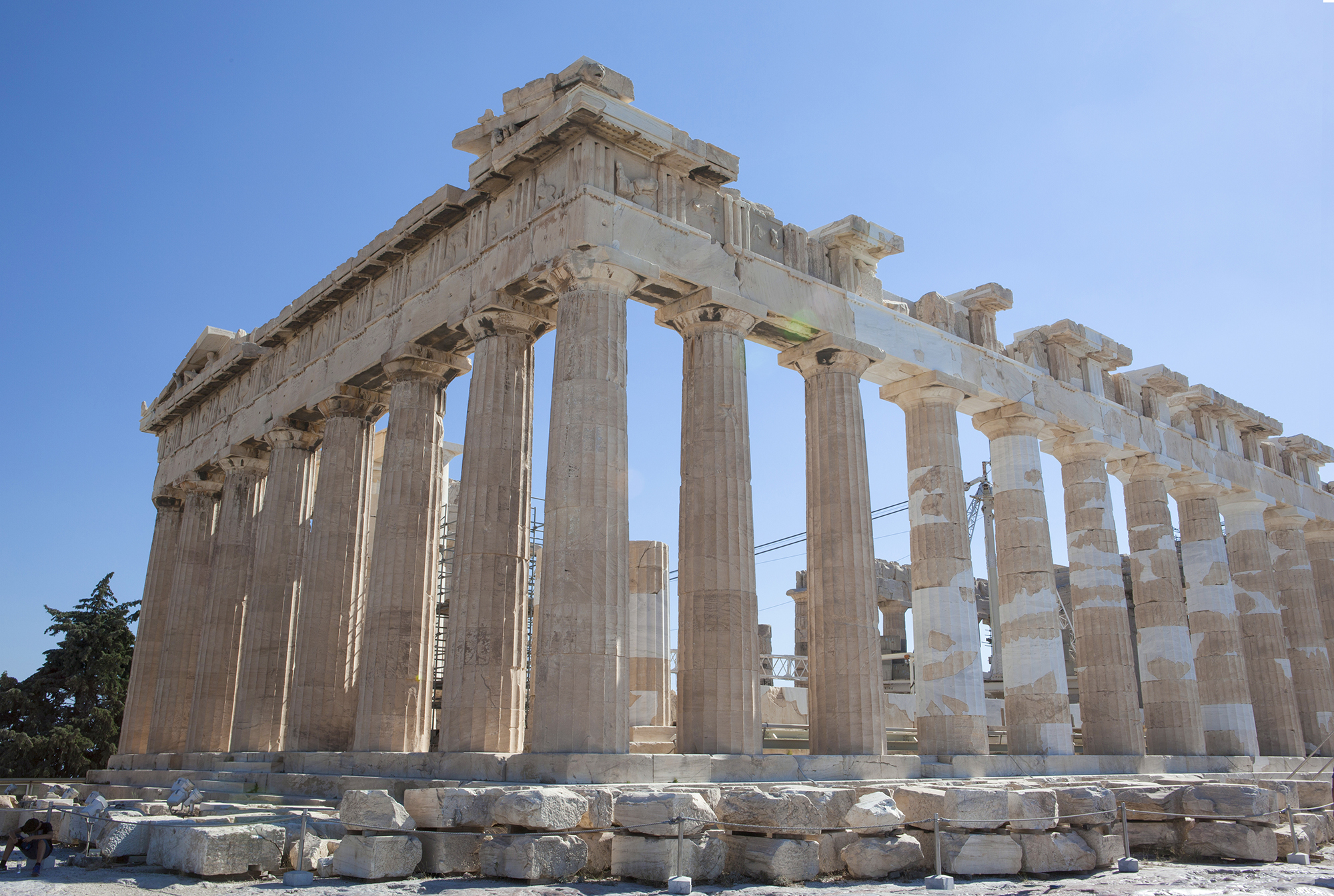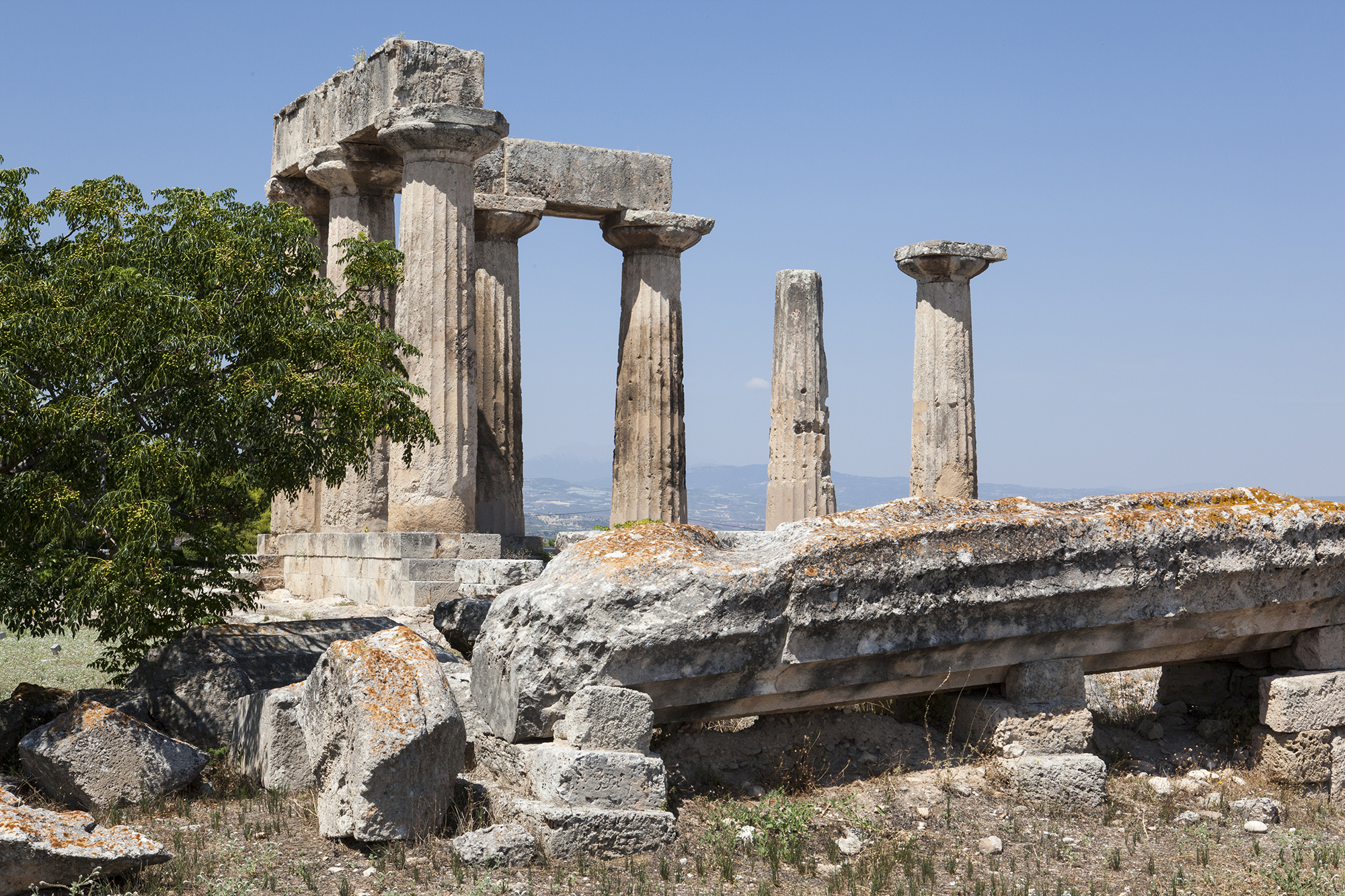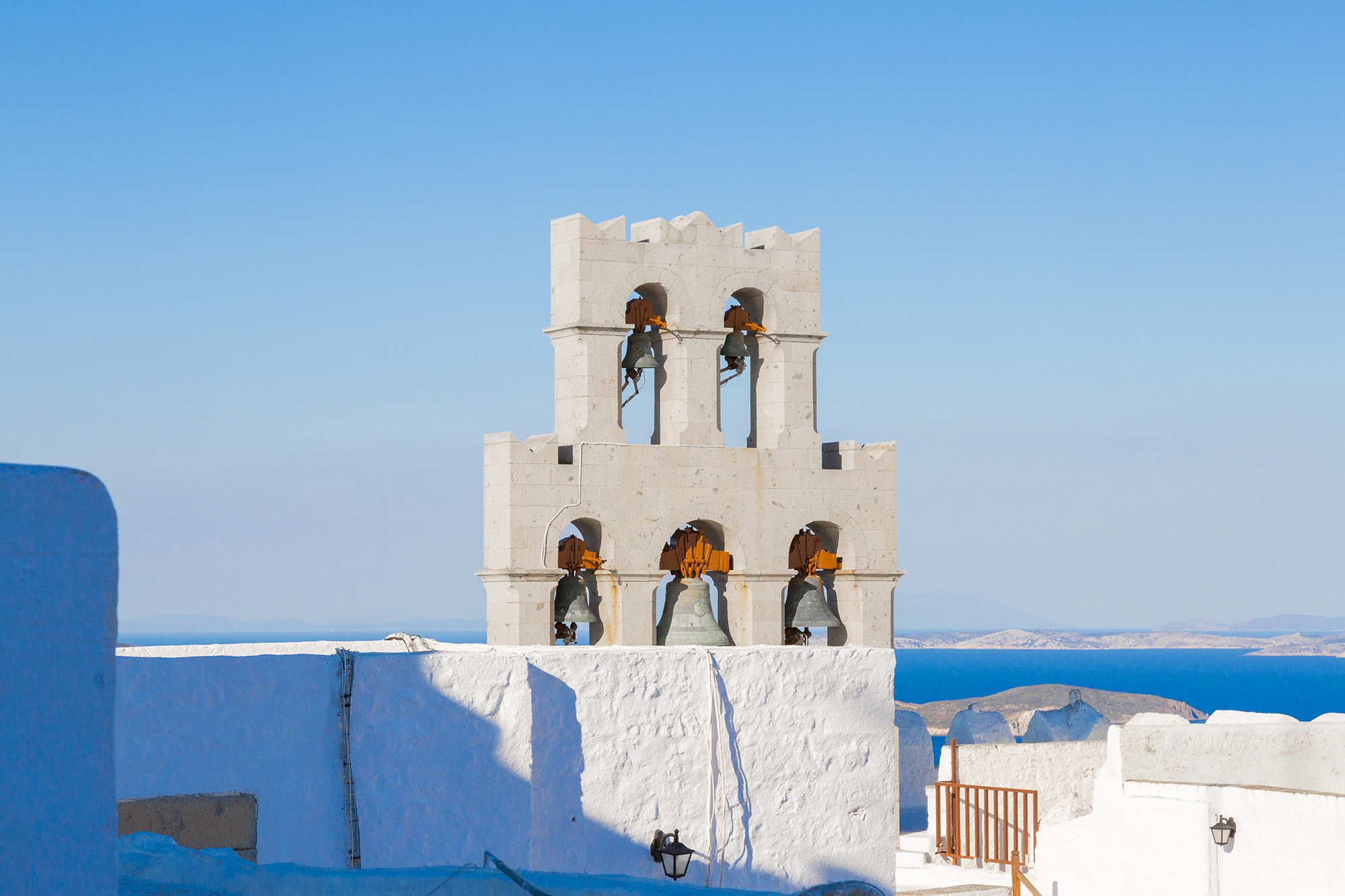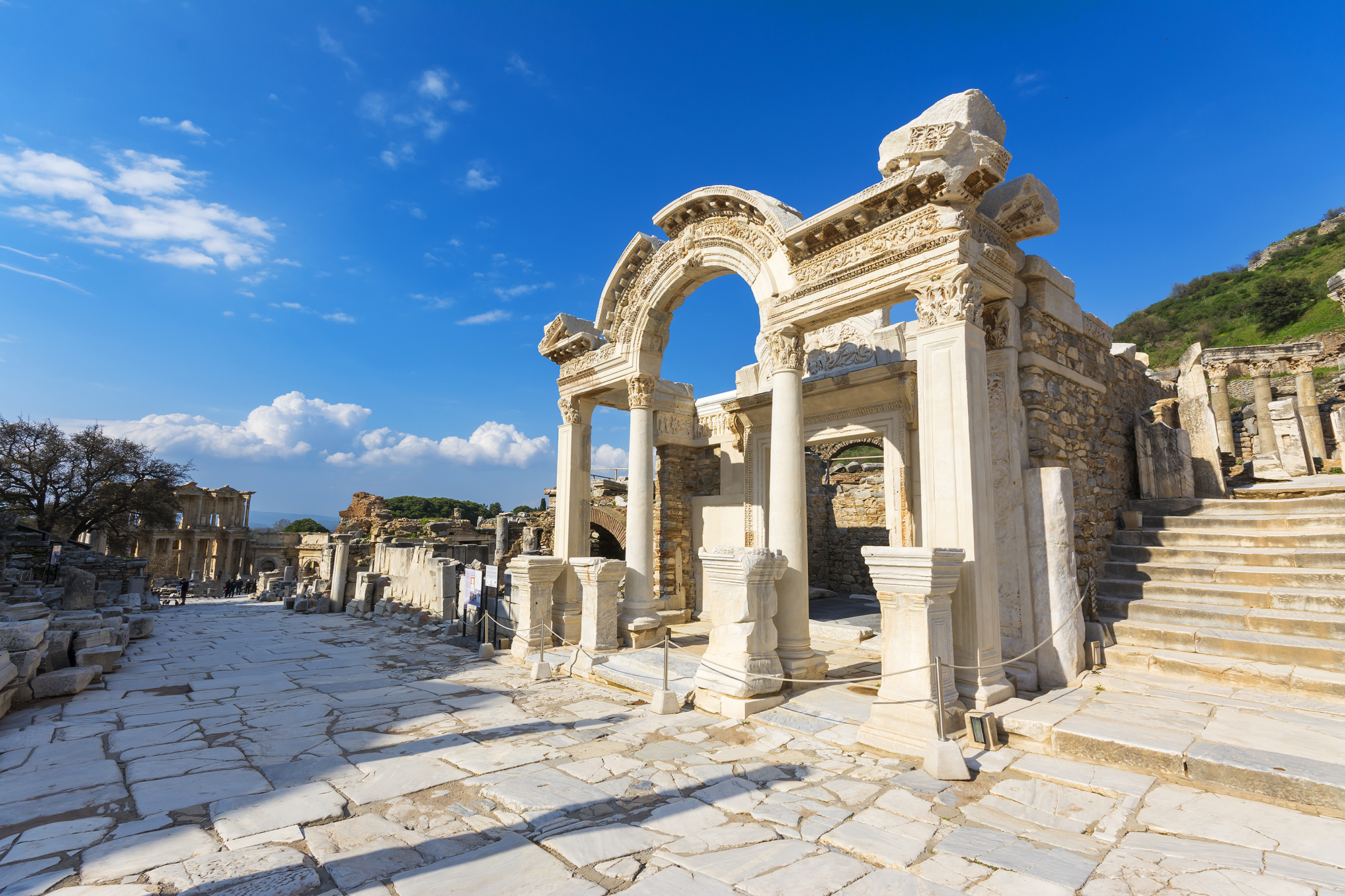New Testament Paradise: Guide to the Mediterranean
Revered as an extravagant vacation paradise, the Mediterranean has long been one of the world’s most popular travel destinations. Yearly, millions of tourists—the majority European—flock to these sun-drenched shores. Legendary locations like Santorini and Rhodes are best experienced on island-hopping cruises that navigate the dazzling blue waters, taking travelers from one cultural goldmine to the next.
But there’s more to “The Med” than perfect weather and Renaissance art. This world-class resort region holds a Scriptural history that echoes the Holy Land’s—a motivating factor for Bible-believing Christians who travel there. Whether walking the streets of Rome, cruising to Malta or sailing the Greek isles, faith-based travelers become immersed in New Testament narratives on a uniquely enriching journey. Storied destinations lie around every corner, and Christian pilgrims eager to study the early decades of the church will discover them more deeply when guided by knowledgeable scholars.
Malta
It’s not difficult to see why Travel+Leisure named it one of the world’s best islands. Located 60 miles south of Sicily, modern-day Malta is as unique as it is breathtaking. This tiny island nation offers a variety of annual cultural events, from an international air show to a decadent chocolate festival. English is widely spoken here and the country’s 95 square miles are easily navigated.
While many visitors are drawn to Malta’s cliffside cathedrals and UNESCO World Heritage sites, Christians focus their attention on its sunny shores. Acts 27-28 tells us that, around 60 A.D., Paul was shipwrecked in an unfamiliar bay while traveling under custody to Rome. Here, you’ll visit the Church of the Bonfire, where Paul encountered friendly locals, healed a man and miraculously survived a snakebite before continuing on to Italy. As you marvel at how this unexpected detour resulted in Malta becoming one of the first Roman colonies to accept Christianity, you’ll leave asking yourself if the shipwreck was a random event...or if was it part of God’s perfect plan.
Crete
One of the largest islands in the region, Crete is home to 625,000 residents and a host of luxury hotels and idyllic beaches. It’s easily one of Greece’s most popular summer destinations. From sparkling bays to rugged inland mountains and whitewashed churches, Crete is the definition of a sunlit paradise.
It also boasts a fascinating biblical history following Jesus’ Resurrection. According to Acts 2, Cretan Jews were present at Pentecost, declaring God’s glory despite the language differences. Right before being shipwrecked on Malta, Paul’s third missionary journey brought him to this island (Acts 27:11-22). He left his companion, Titus, behind on Crete to oversee the growing Christian community (Titus 1:5).
Records show the church flourished on the island until it was conquered by the Saracens in the ninth century. Afterward, Crete fell under the control of the Byzantine Empire (Orthodox), the Republic of Venice (Catholic) and the Islamic Ottoman Empire. Today, most Cretans are Greek Orthodox.
Thessaloniki
The draw of this port is immediately recognized by its unforgettable name. The residents of this large city in Greece are known as Thessalonians. Ranked by National Geographic as one of the world’s top 20 “must see places”, Thessaloniki is known for its quiet waterfront, charming markets and dynamic culture. Its fascinating history has left it with several UNESCO World Heritage-listed Byzantine churches and its imposing, Ottoman-built White Tower, now a symbol of the city.
Bible readers will not be surprised that Thessaloniki was also a prominent stop during Paul’s missionary journeys (Acts 17). He preached in the Jewish synagogue on the island, with some accepting Jesus, along with many Gentiles and prominent women. Paul established a thriving church here and made it one of the early centers of Christianity. Paul’s two letters to the Thessalonians are among the earliest-written books in the New Testament, dating back to 52 A.D. While taking in the panoramic views from the top of the White Tower, you’ll wonder what Paul must have thought as his ship approached this port? Could he have known his words to the Thessalonian Believers would still be shaping lives two thousand years later?
Athens
For history buffs, Athens needs no introduction. From the Parthenon to its temples dedicated to Athena, Zeus and Hephaestus, it is a treasure trove of ancient ruins. Athens was once the center of one of the most influential civilizations in the world. (For an inside look at New Testament Rome, visit the first issue of SOJOURNER.) It was into this context that Paul gave his famous, rousing sermon on Mars Hill (Areopagus), addressing the city’s philosophers. He used his knowledge of local culture to build a case for the Gospel (Acts 17).
As you climb the rough-hewn stairs, carved into the marble hilltop of the Acropolis, you can read this sermon for yourself. Its text (in Greek) is displayed on a bronze plaque across from the entrance. Can you imagine hearing the Gospel proclaimed so boldly in the midst of such a hostile environment? Surrounded by idols and pagan gods, Paul pointed people to the truth. “The God who made the world and everything in it is the Lord of heaven and earth and does not live in temples made by human hands” (Acts 17:24). In a world that still worships what is false, we have that same opportunity every day of our lives.
Corinth
One of the oldest cities in the world, Corinth dates as far back in history as 6,000 B.C., which makes it home to countless ruins and archeological sites—including the remains of the ancient Temple of Poseidon. It’s surrounded by picturesque lakes and even hot springs, making the region a vacation destination even apart from its biblical history.
But it’s that history that makes Corinth such a meaningful destination. Located on an isthmus halfway between Athens and Sparta, ancient Corinth was one of the wealthiest and most important port cities in Greece. More than 2,000 years ago, it may even have been twice the size it is today. From this temporary home, Paul wrote his influential letter to the Romans, his epistles to the Thessalonians and established the Corinthian church.
Paul spent more than a year here during his second missionary journey, working as a tentmaker at the home of his ministry partners, Priscilla and Aquila. Acts 18:4 tells us about this prolific period of ministry, and today you can visit the ruins of the ancient marketplace where these three Believers sold their tents. It won’t be hard to imagine the bustling streets Paul stood on, meeting and no doubt evangelizing whomever he met.
Patmos
Forbes once named this small Greek island Europe’s “most idyllic place to live.” A tranquil landscape marked by rolling hills and small villages surrounded by stunningly blue water, Patmos is indeed a destination that promotes serenity.
Christians, however, are more interested in Patmos’ past than its present. This isolated island served as the backdrop of the last few years of John, the beloved disciple’s, life. During his exile here, he received a prophetic vision that became the final book of the New Testament. His vision is thought to have come to him in a small grotto locals know as “the Cave of the Apocalypse.” High above, a Greek Orthodox monastery is dedicated to John; the perfect place to meditate on the powerful language, earth-shaking descriptions and the ultimate hope found in the Revelation of Jesus Christ.
Kusadasi
This city of 65,000 on the Aegean coast meets every expectation for cruise travelers, from its bustling rug shops to countless seaside cafés offering delicious Turkish coffee. But the true draw of Kusadasi lies nine miles away at the impressive archaeological sites of ancient Ephesus.
Once a most prominent seaport, Ephesus was a center of worship for the goddess Artemis. Paul established a church here during his second missionary journey. He later lived in the city for more than three years. The disciple John is thought to have spent time here as well in the years following the Resurrection. Also mentioned in Revelation, the area’s early Christians were the recipients of Paul’s letter to the Ephesians.
You’ll reflect on Paul’s message when you visit the ruined Temple of Artemis. Many Ephesians feared the message of the Gospel would “discredit” the name of this goddess (Acts 19:27). In fact, a mob gathered against Paul in the city’s enormous outdoor amphitheater, the ruins of which are a central point of interest. But while the name of Jesus is still proclaimed worldwide today, all that remains of this once great temple is a single column. The people of ancient Ephesus were right to worry.
Israel, of course, is yet another unforgettable destination on the Mediterranean Sea, and will always be foremost in the minds of religious pilgrims. But second to the Holy Land, few places offer travelers a better introduction to Christian history than the islands and ports of the Mediterranean.
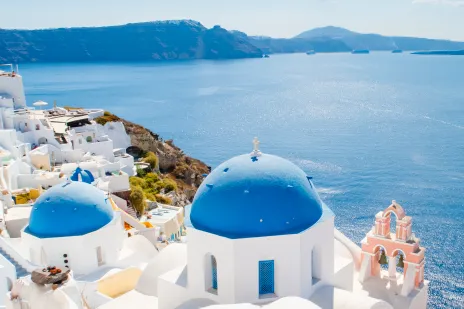
Mediterranean Cruises
Trace New Testament biblical history in ancient cities and savor exquisite cuisine.






